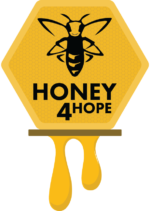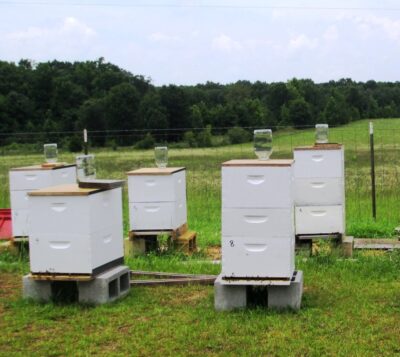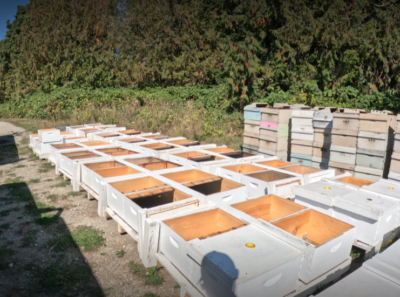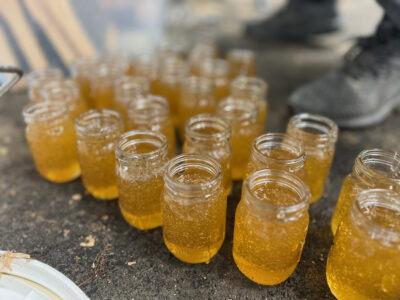Feeding honey bees is an essential aspect of beekeeping, especially during periods of scarcity or when establishing new colonies. Proper nutrition ensures the health and productivity of the hive. Here’s a guide on how to feed honey bees:
Types of Bee Feed:
- Sugar Syrup:
- Ratio: Mix sugar and water to create a syrup. Common ratios include 1:1 (equal parts sugar and water) for spring and 2:1 (two parts sugar to one part water) for fall feeding.
- Purpose: Provides carbohydrates for energy.
- Fondant or Candy Board:
- Recipe: Mix sugar, water, and an acid (such as vinegar) to create a thick paste. This is placed on top of the hive.
- Purpose: Acts as a solid food source during winter when liquid feed might freeze.
- Pollen Substitute:
- Commercial Products: Available as patties or powder, mimicking natural pollen.
- Purpose: Supplies essential proteins and nutrients for brood rearing.
When to Feed Bees:
- Spring Feeding:
- Provide a 1:1 sugar syrup to stimulate brood production and hive growth when natural nectar sources are limited.
- Fall Feeding:
- Offer a 2:1 sugar syrup to help bees build up honey stores for winter. This ensures they have enough food to survive colder months. However, stop liquid feeding in the winter.
- Emergency Feeding:
- If a hive is low on food stores or facing a food shortage, provide sugar syrup or fondant to prevent starvation.
Feeder Types:
- Boardman Feeder:
- An external feeder attached to the front of the hive, allowing bees to access syrup easily.
- Top Feeder:
- Placed above the brood frames, this feeder provides easy access to syrup without disrupting the hive.
- Entrance Feeder:
- A container attached to the hive entrance, suitable for smaller quantities of syrup.
- In Hive Feeder:
- A container placed alongside the frames (removing two frames to make space), this provides a safe place for sugar syrup protected from the elements and other animals.
Feeding Guidelines:
- Avoid Overfeeding:
- Bees need to collect natural nectar and pollen for a balanced diet. Supplemental feeding should not replace their natural foraging entirely.
- Monitoring Hive Weight:
- Lift the hive occasionally to gauge its weight. A light hive may indicate a need for additional feeding.
- Weather Considerations:
- Avoid feeding when temperatures are too low, as bees may not take syrup in cold weather.
- Hygiene:
- Ensure feeders are clean to prevent the spread of diseases. Remove any moldy or contaminated feed.
- Educate Yourself:
- Learn about local flowering seasons, as well as the specific nutritional needs of bees in your region.
Feeding honey bees is a dynamic aspect of beekeeping, requiring observation and adjustment based on the hive’s condition and seasonal variations. Regular monitoring and thoughtful feeding practices contribute to the overall well-being of your honey bee colonies.




